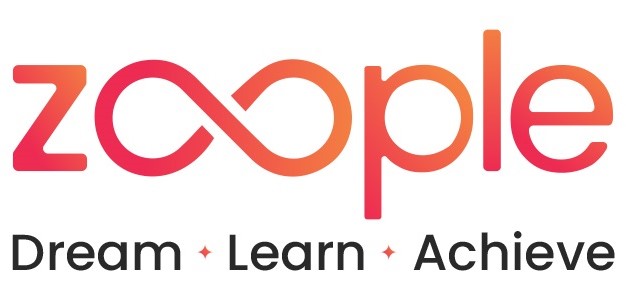Flutter vs Flutter Flow: Choosing The Perfect Tool For Your App Development
In the rapidly evolving world of mobile app development, developers are constantly on the lookout for tools that streamline the process, enhance productivity, and deliver top-notch user experiences. Two prominent contenders in this space are Flutter and Flutter Flow. Both offer robust solutions, but understanding their nuances is crucial for making an informed decision on which tool aligns best with your project requirements. In this blog post, we will delve into the strengths and differences between Flutter and Flutter Flow to help you choose the perfect tool for your app development journey.
Understanding Flutter:
Flutter developed by Google, has gained immense popularity among developers for its ability to build natively compiled applications for mobile, web, and desktop from a single codebase. It uses the Dart programming language, offering a rich set of pre-designed widgets that contribute to a consistent and visually appealing UI across platforms. Flutter’s hot reload feature enables developers to experiment, build, and fix bugs in real-time, making it a favorite for many app creators.
Strengths of Flutter:
● Single Codebase, Multiple Platforms
Flutter’s hallmark feature is its capability to build applications for multiple platforms using a single codebase. This not only reduces development time but also ensures a consistent user experience across devices.
● Rich Set of Widgets
Flutter comes equipped with a comprehensive set of customizable widgets, enabling developers to create intricate and visually stunning UIs. These widgets contribute to a native look and feel on each platform, enhancing user engagement.
● Hot Reload
The development process can be accelerated greatly with Flutter’s hot reload capability. Instantaneous code viewing allows developers to experiment, find issues, and improve the functioning of the app.
Understanding Flutter Flow
Flutter Flow on the other hand, is a visual development platform designed to simplify the app development process. It operates on top of Flutter, providing a visual interface for designing, prototyping, and building Flutter applications without delving into code. Flutter Flow aims to empower designers and developers to collaborate seamlessly, enabling the creation of visually appealing and functional applications.



Strengths of Flutter Flow
● Visual Development
Flutter Flow’s standout feature is its visual development interface, allowing users to design and prototype applications without writing code. This makes it an excellent choice for designers and those who may not have a strong coding background.
● Collaboration
Flutter Flow fosters collaboration between designers and developers. Designers can create the initial visual elements, and developers can take over for more complex coding tasks. This streamlined workflow enhances productivity and reduces development time.
● Code Export
Despite its visual approach, Flutter Flow allows developers to export code for further customization. This ensures that developers have the flexibility to fine-tune the codebase when necessary, bridging the gap between visual design and code implementation.
Choosing the Right Tool
The choice between Flutter and Flutter Flow depends on various factors, including the project requirements, team composition, and the level of control you want over the codebase.
● For Full Code Control
If you prefer complete control over your codebase, Flutter is the better choice. Developers who enjoy coding and want to have a hands-on approach throughout the development process will find Flutter’s flexibility and hot reload feature more appealing.
● For Visual Design and Collaboration
If your team includes designers who play a significant role in the app development process, or if you prioritize a visual approach, Flutter Flow may be the better fit. It facilitates collaboration between designers and developers and allows for rapid prototyping without extensive coding.
● For Rapid Prototyping and Iteration
Flutter Flow excels in rapid prototyping and iteration, making it an ideal choice for projects that require quick development cycles. The visual interface enables designers to experiment with different layouts and features before handing over to developers for final refinement.
In conclusion, both Flutter and Flutter Flow offer unique strengths, and the choice between them ultimately depends on your specific needs and preferences. Flutter provides unparalleled control and flexibility for developers who enjoy coding, while Flutter Flow caters to a more visual approach, Zoople Technologies Flutter course has proven to be an invaluable journey into the world of cross-platform app development. Throughout this course, participants have gained a deep understanding of Flutter’s capabilities, honed their skills in building dynamic and engaging user interfaces, and acquired the proficiency to create seamless experiences across both Android and iOS platforms.



